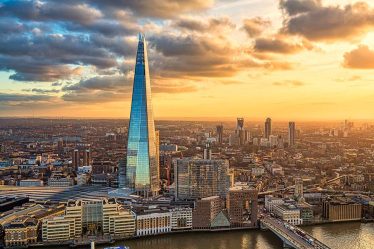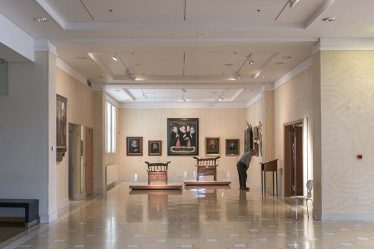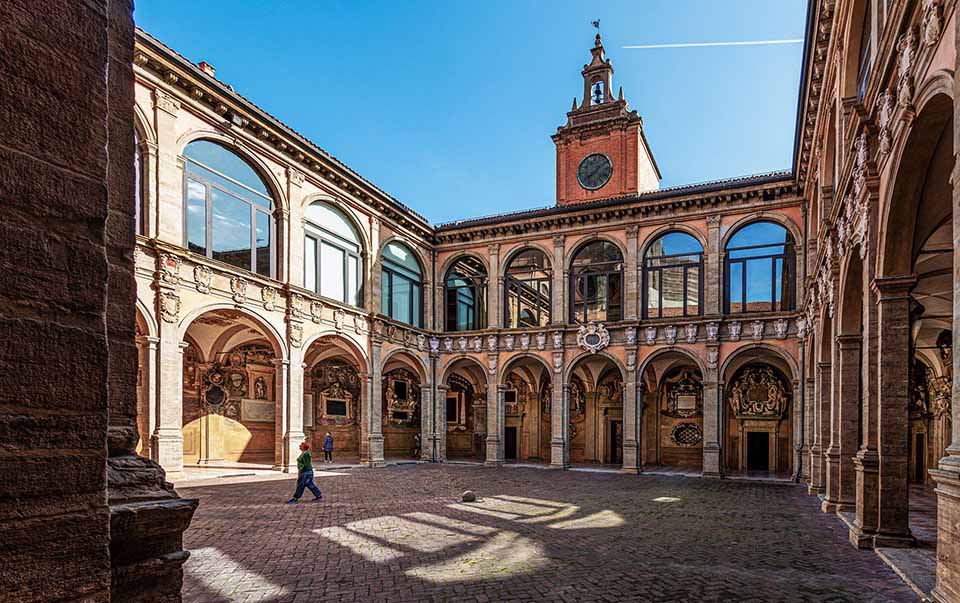
Bologna, an ancient city in northern-central Italy, is famous for its rich history, cultural heritage, and outstanding cuisine. As one of the world’s oldest university towns, Bologna is not only filled with an academic atmosphere but also hides many cultural landmarks and secret spots waiting to be explored. Whether you’re a history lover, or a fan of art and architecture, this city offers a wealth of visual and intellectual enjoyment. Today, let me take you through Bologna’s 7 must-see cultural landmarks and hidden gems.
1. University of Bologna: One of the Oldest Universities in the World
Founded in 1088, the University of Bologna holds the prestigious title of being one of the oldest universities in the world, and it has a rich tradition of fostering intellectual growth and scholarly achievement. Over the centuries, the university has been a center for prominent philosophers, scientists, and scholars, many of whom have profoundly influenced Western thought. Visitors to the University of Bologna will not only explore a hub of academic excellence, but also walk through centuries of history that have shaped the city itself. The university’s historic buildings, such as the Archiginnasio, showcase remarkable architectural beauty and house a treasure trove of historical documents and art. For anyone with an interest in education, history, and intellectual traditions, this landmark offers a unique and enriching experience that speaks to the heart of Bologna’s enduring legacy as an academic city.
2. Basilica di San Petronio: A Fusion of History and Art
As the most representative religious building of Bologna, the Basilica di San Petronio captivates countless visitors with its immense grandeur and exquisite artistic details. This iconic church is a perfect fusion of Gothic and Renaissance architectural styles. The exterior features a unique interplay of these styles, especially evident in the façade, which displays a combination of intricate arches, flying buttresses, and ornate decorative elements, showcasing the architectural evolution of the period.
Inside, the central nave is truly breathtaking, with soaring ceilings and expansive space that immediately draw your attention. The beautifully decorated altar, made of marble and adorned with golden accents, stands as the focal point of this spiritual sanctuary. The basilica is home to many significant works of art, with the frescoes by Giovanni de’ Casali standing out as some of the most renowned. These masterpieces, alongside the intricate sculptures, reveal the deep-rooted religious history of Bologna while highlighting the city’s artistic genius. These artworks evoke a profound sense of reverence, making a visit here both spiritually enriching and visually captivating.
Furthermore, the basilica’s bell tower offers an unforgettable experience. Once you ascend to the top, you are treated to a panoramic view of Bologna, stretching across the city’s rooftops, red-tiled buildings, and green hills. The view is especially breathtaking during the early morning or late evening hours when the soft light bathes the city in a golden glow. This elevated perspective provides a perfect opportunity for photography, making it a must-see spot for anyone looking to capture the essence of Bologna’s beauty from above.
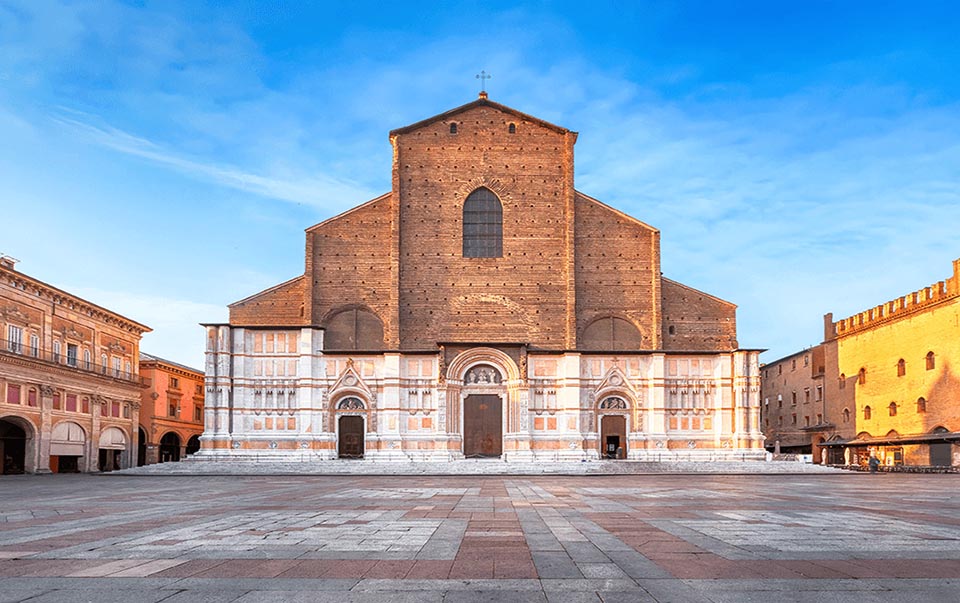
3. Le Torri: The Symbol of Bologna
One of the most iconic landmarks in Bologna is the towering Le Torri (the Towers), which have become a defining feature of the city’s skyline. Situated in the heart of Bologna’s historic center, these towers stand as a testament to the city’s medieval past. The towers earned their name due to their distinctive angle and tilt, a result of their age and the methods of construction used at the time. Built in the 12th century, these structures were not just architectural feats but symbols of power, wealth, and social status for the influential families of medieval Bologna. During that period, wealthy families competed to build the tallest towers as a way to assert their dominance and showcase their influence in the city. These towers were also used for defensive purposes, offering a strategic advantage during times of conflict.
Today, the Le Torri are one of Bologna’s most celebrated landmarks, attracting visitors from all over the world. Standing tall against the cityscape, they are a visible reminder of Bologna’s medieval history. Visitors can climb to the top of the Asinelli Tower, the taller of the two, and be rewarded with panoramic views of Bologna’s charming streets, red-tiled roofs, and the rolling hills that surround the city. The view is especially stunning in spring and summer, when the lush greenery contrasts beautifully with the ancient buildings and the city comes to life with vibrant colors. It’s a breathtaking experience that offers a unique perspective on Bologna’s rich history and architectural beauty.
4. Piazza Maggiore: The Heart of Bologna
No trip to Bologna would be complete without a visit to Piazza Maggiore, the city’s main square and the very “heart” of Bologna. This grand piazza, lined with beautiful porticoes and elegant buildings, is a central hub for both locals and tourists. Surrounding it are several key historical structures, including the Basilica di San Petronio, the Palazzo Comunale (City Hall), and Palazzo dei Banchi. The square serves as a living testament to Bologna’s rich architectural heritage, showcasing a blend of Renaissance and medieval influences. Throughout the year, Piazza Maggiore hosts a variety of cultural events, from open-air concerts to local markets. By day, the square is lively with activity, but as the sun sets, it transforms into a vibrant gathering place, with cafes and restaurants offering al fresco dining under the warm glow of streetlights. It’s the perfect spot to experience the city’s rhythm, soak in its history, and enjoy the lively Italian ambiance.
5. Pinacoteca Nazionale di Bologna: An Art Lover’s Paradise
As one of Italy’s most important and prestigious art museums, the Pinacoteca Nazionale di Bologna offers an extensive collection of Italian Renaissance and Baroque masterpieces. The museum houses works from legendary artists such as Raphael, Caravaggio, El Greco, and Guercino, making it a true sanctuary for art enthusiasts.
In addition to showcasing internationally recognized masterpieces, the museum provides a deep insight into Bologna’s rich artistic heritage. The collection features works from local Bologna artists, reflecting the city’s historical role in shaping Italy’s cultural landscape. Each painting, sculpture, and artifact narrates a unique story, allowing visitors to experience the evolution of Italian art from its early days to the more extravagant Baroque period. The Pinacoteca serves as a vital cultural hub where visitors can appreciate the intricacy of Italian craftsmanship and gain a profound understanding of the aesthetic and intellectual movements that shaped the nation.
6. Bologna’s Hidden Courtyards and Medieval Streets
Bologna’s allure goes far beyond its famous landmarks, extending into the hidden corners of the city where secret gardens and ancient streets await discovery. As you wander through the narrow, cobblestone alleys of Bologna’s medieval districts, you’ll find yourself enchanted by the centuries-old architecture that lines these quiet streets. The buildings, with their faded façades and intricate details, offer a glimpse into the city’s rich history, evoking a sense of nostalgia and wonder.
One such hidden gem is the area around Piazza Santo Stefano, where a tranquil courtyard offers a welcome respite from the vibrant energy of the city. Here, the air is filled with the scent of blooming flowers, and the soft murmur of birdsong creates a soothing atmosphere. Lush greenery surrounds the area, adding to the sense of peace and serenity. While these quiet spots are often overlooked by tourists, they are a vital part of Bologna’s charm, providing an intimate connection to the city’s timeless beauty and slower pace of life.
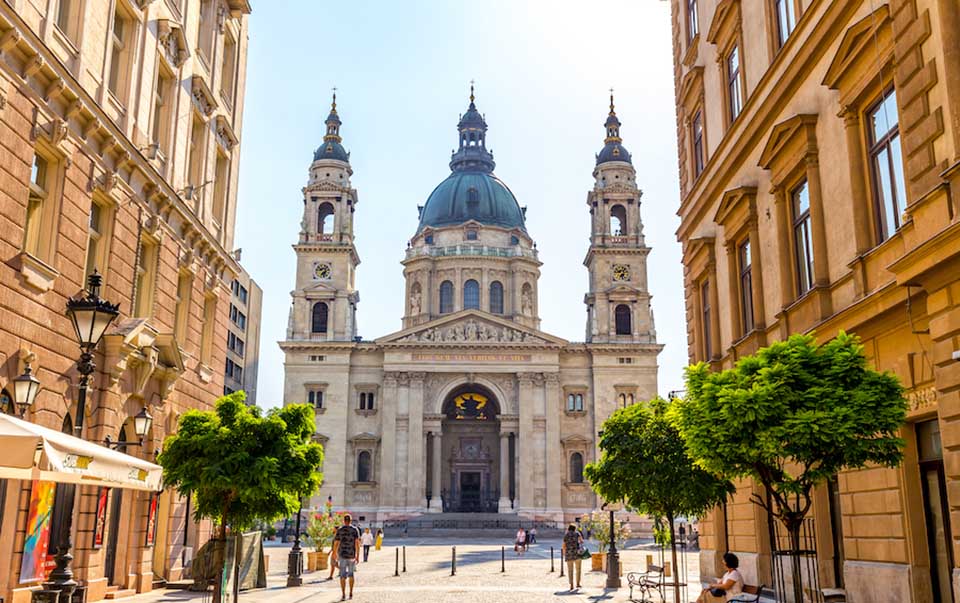
7. Basilica di Santo Stefano: A Testament to History
The Basilica di Santo Stefano, also known as the “Jerusalem of Bologna,” is one of the city’s oldest and most significant religious sites. The church complex consists of seven individual churches, each with its unique historical significance and architectural style, creating a fascinating blend of Romanesque, Gothic, and Baroque elements. The layout and design of these churches reflect the evolving history of early Christian worship in Bologna, making it an essential stop for those interested in the religious and architectural heritage of the city.
The Basilica di Santo Stefano is a living testament to the spiritual journey of Bologna, where you can explore ancient frescoes, intricate sculptures, and stone carvings that have withstood the test of time. The atmosphere here is calm and introspective, allowing visitors to fully absorb the sacred energy of the place. For anyone with an interest in history and religious culture, this remarkable church complex offers an unparalleled opportunity to connect with the city’s deep-rooted Christian traditions.
Bologna is not just a city with a long history; each street, each building, and each piece of art holds a part of the city’s deep cultural legacy. From the University of Bologna to the Basilica di San Petronio, from Piazza Maggiore to the Pinacoteca Nazionale, every landmark is worth delving into to feel the stories and history they embody. If you plan to visit Bologna, these 7 cultural landmarks and hidden gems are definitely unmissable, adding infinite charm and significance to your journey.

